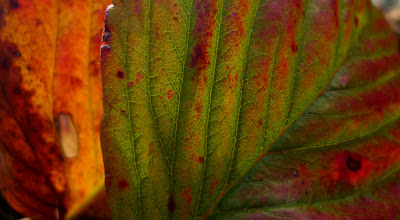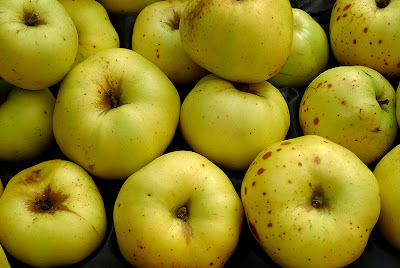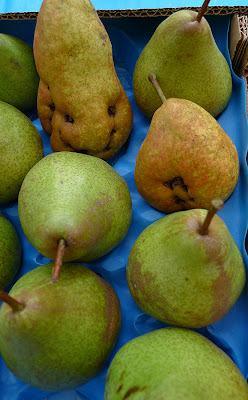 I left a box of quinces outside the gate for anyone who cared to help themselves. Later we discovered who it was, when invited to house-warming drinks. Another neighbour thanked us for them, and said she'd used them all for making Nigel Slater's Roast Quince. I have to say I'm immediately suspicious of these sorts of recipes, usually fussy and over-complicated. I have to say all of these sound quite nice (unlike the hideous pear and chocolate crumble that features in Slater's Guardian column this week - what a hideous way to treat Comice pears).
I left a box of quinces outside the gate for anyone who cared to help themselves. Later we discovered who it was, when invited to house-warming drinks. Another neighbour thanked us for them, and said she'd used them all for making Nigel Slater's Roast Quince. I have to say I'm immediately suspicious of these sorts of recipes, usually fussy and over-complicated. I have to say all of these sound quite nice (unlike the hideous pear and chocolate crumble that features in Slater's Guardian column this week - what a hideous way to treat Comice pears).This is our recipe, which differs a little.
4 quinces, peeled, quartered and cored
Large glass of quince wine (or other fragrant desert wine of your choice)
2 heaped tablespoons of brown sugar
1 tsp of powdered ginger and another of cinnamon
1. Poach quinces in sweetened wine for half an hour, or until slightly soft (we put them in the microwave for 10 minutes, turning them in the bowl occasionally.
2. Transfer to a roasting dish, reserving the fluid,
3. Add the fluid to the brown sugar and spice, stir to dissolve (over heat if necessary)
4. Spoon this syrup over the fruit and place in oven pre-heated to 170 C
3. Bake for 40 minutes, turning and basting occasionally with the syrup, until very soft and tender (we turned down the oven to 120 C and left it for a bit longer).
The result is quite unlike anything you will have tasted, the same concentrated quince flavour as Membrillo but with the a unique texture; the caramelised crust reveals a rather chewy coarse, granular, centre with just a hint of the astringency of the raw fruit.



























